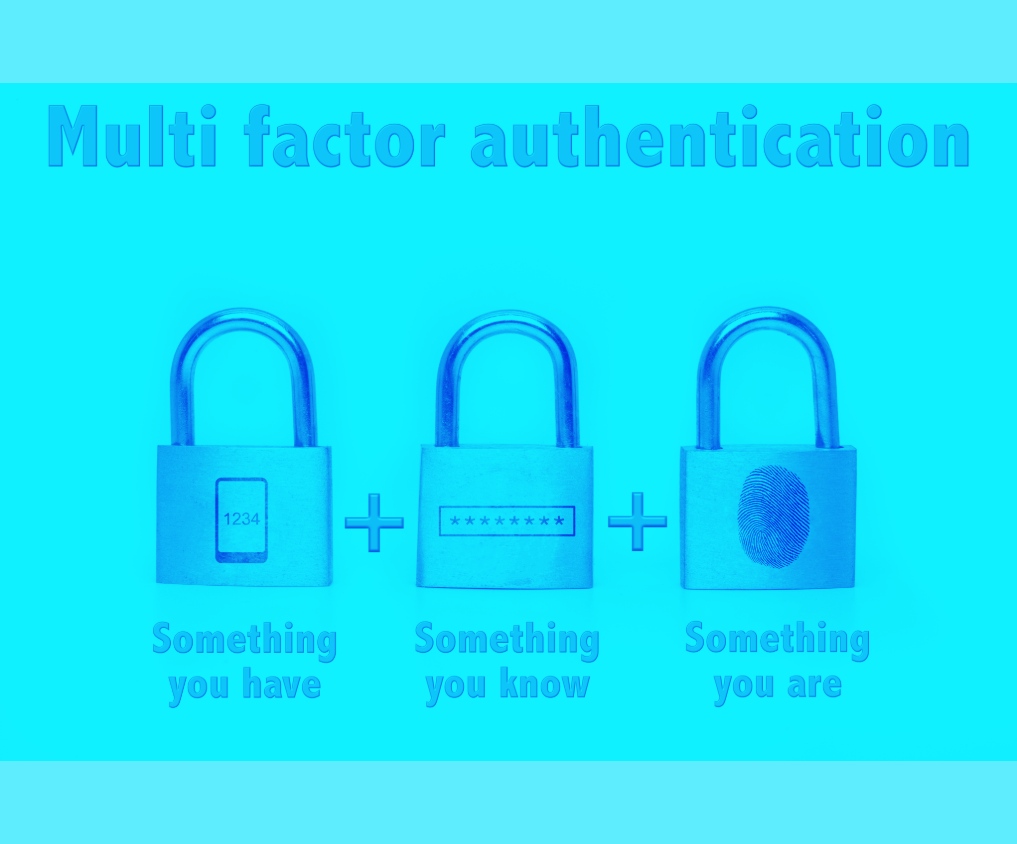Unveiling the Magic of HTML: Building the Foundation of the Web
BY Creative Designs By CCW · December 30, 2023 ·Introduction: HTML, which stands for HyperText Markup Language, is the backbone of the World Wide Web. It's the language that enables us to create and structure content on the internet, forming the foundation for websites and web applications. In this blog post, we'll explore the fundamentals of HTML, its role in web development, and why it's crucial for anyone looking to understand how the digital landscape operates.
Understanding HTML:
Markup Language: At its core, HTML is a markup language that structures content on the web. It uses a set of elements, represented by tags, to define the various parts of a document. These elements range from headings to paragraphs, images, links, and more. By combining these elements, developers can create well-organized and visually appealing web pages.
Document Structure: HTML documents follow a hierarchical structure. The basic outline includes the !DOCTYPE html declaration, the opening and closing html tags, and within that, the head and body sections. The head typically contains metadata, such as the document title and linked stylesheets, while the body encapsulates the actual content visible on the web page.
The Anatomy of HTML Tags:
Opening and Closing Tags: HTML tags come in pairs – an opening tag, which signifies the beginning of an element, and a closing tag, which denotes the end. For example, a lower case letter p sourounded by great and less than brackets is the opening tag for a paragraph, and simply add a / to create the closing tag.
Attributes:Tags can also include attributes that provide additional information about an element. Attributes are added to the opening tag and are usually in name-value pairs. For instance, including the src and alt tags add attributes to specify the image source and alternative text.
HTML5: The Modern Standard:
HTML has evolved over the years, with HTML5 being the latest and most widely adopted version. HTML5 introduces new elements and attributes, making it more versatile for modern web development. Some notable additions include the header, nav, article, and section tags, designed to improve document structure and enhance semantic meaning.
Why Learn HTML?
Foundation of Web Development:
HTML is the first building block of web development. Without a solid understanding of HTML, diving into more advanced technologies like CSS (Cascading Style Sheets) and JavaScript becomes challenging. It forms the basis upon which the visual and interactive aspects of a website are built.
Accessibility and SEO:
Properly structured HTML not only enhances the user experience but also contributes to accessibility and search engine optimization (SEO). Descriptive tags and well-organized content make it easier for screen readers to interpret the page, and search engines to index and rank it effectively.
Universal Language:
HTML is a universal language understood by all web browsers. Whether you're using Chrome, Firefox, Safari, or any other browser, HTML ensures consistency in how content is presented and interpreted across platforms.
Conclusion:
In conclusion, HTML is the cornerstone of web development, playing a crucial role in creating the online experiences we encounter daily. It provides the structure and framework for building visually appealing and accessible websites. Learning HTML is not just for aspiring web developers; it's a valuable skill for anyone interested in understanding the inner workings of the digital world. So, whether you're a seasoned developer or a curious beginner, delving into the world of HTML is a journey worth embarking on.








